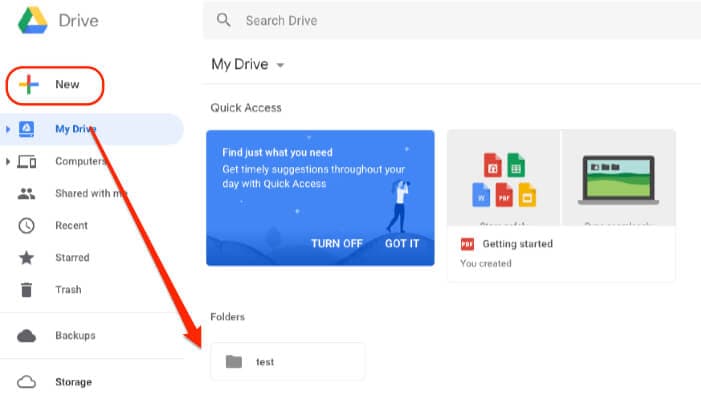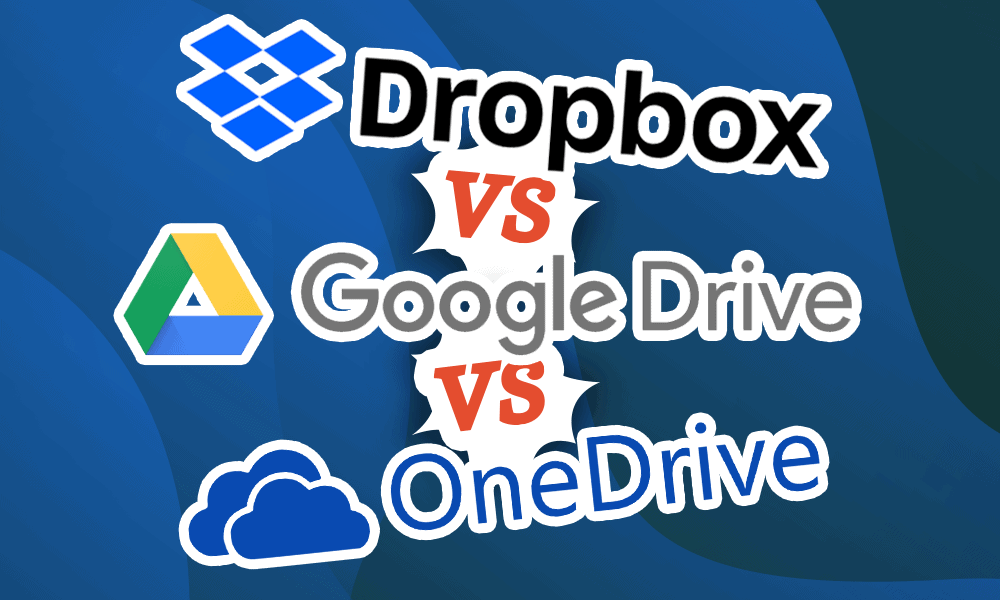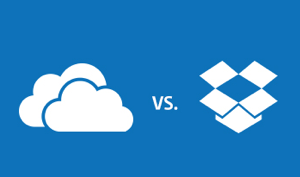


Storage: The cloud can store all file types, including documents, images, audio, video, presentations, and more-with terabytes to unlimited storage sizes.īut about those file-hosting services-which should your organization consider? And what do your users need to know to use them effectively and securely?įor our purposes, let’s zero in on four popular options: Box, Dropbox, Google Drive, and Microsoft OneDrive.

History: Most cloud storage features version history to restore previous drafts. Instead of long-term file sharing, you can control, update, or even delete it at any time. Share: Choose when to share, who to share with, and when to revoke recipient access. You'll enjoy features like autosave, chat, and more. You can access cloud documents on a different device without missing a beat.Ĭollaboration: Instead of sharing multiple versions of documents-share links with co-workers so everyone can contribute on the same document in real time. For example: Anywhere access – Today’s users demand file access on the go. If your laptop dies-no problem. Plus, there’s so much to love about the cloud. Files are the backbone of every business-including contracts, sales stats, marketing materials, documentation, and everything in-between. Organizations rely on cloud-based content management services like Box and Dropbox to store and share those files.


 0 kommentar(er)
0 kommentar(er)
